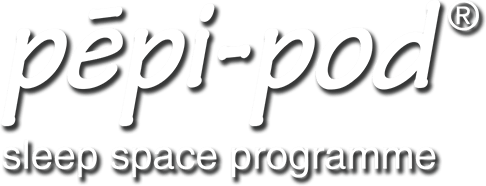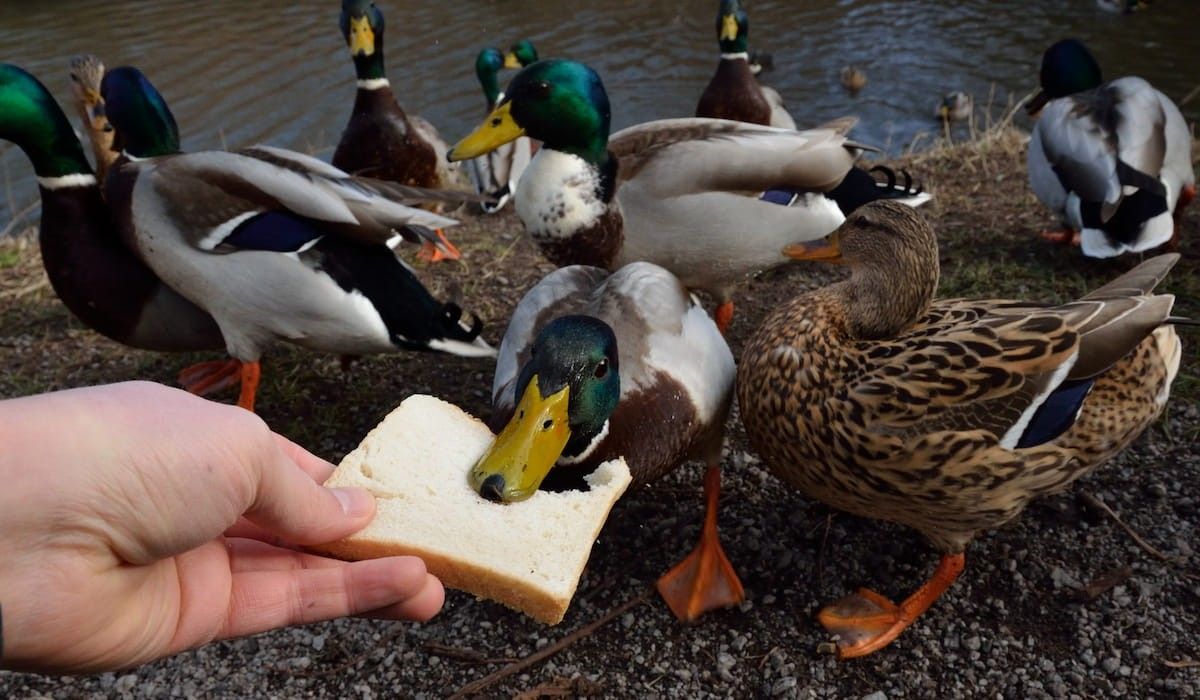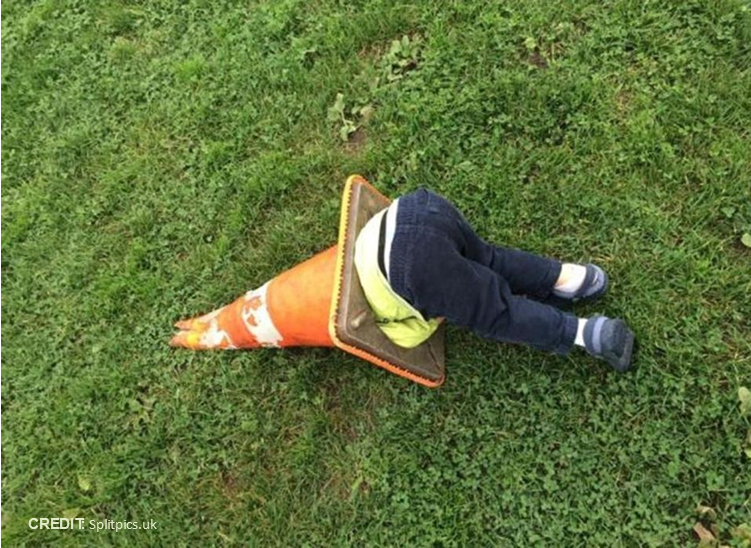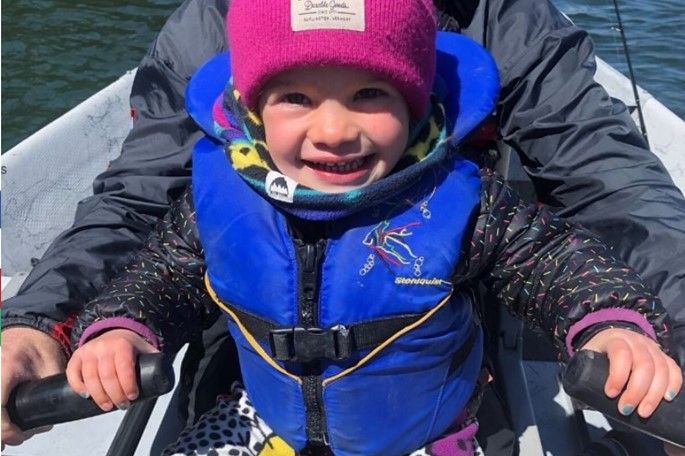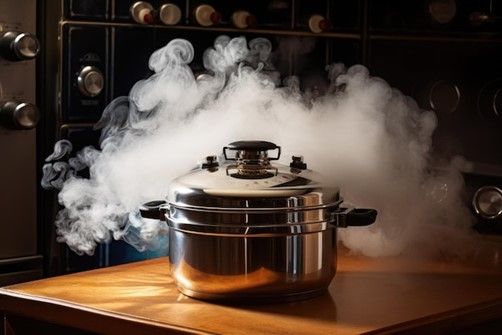Pod Talk
a communiqué for connecting all involved in the Pēpi-Pod® programme
by Stephanie Cowan
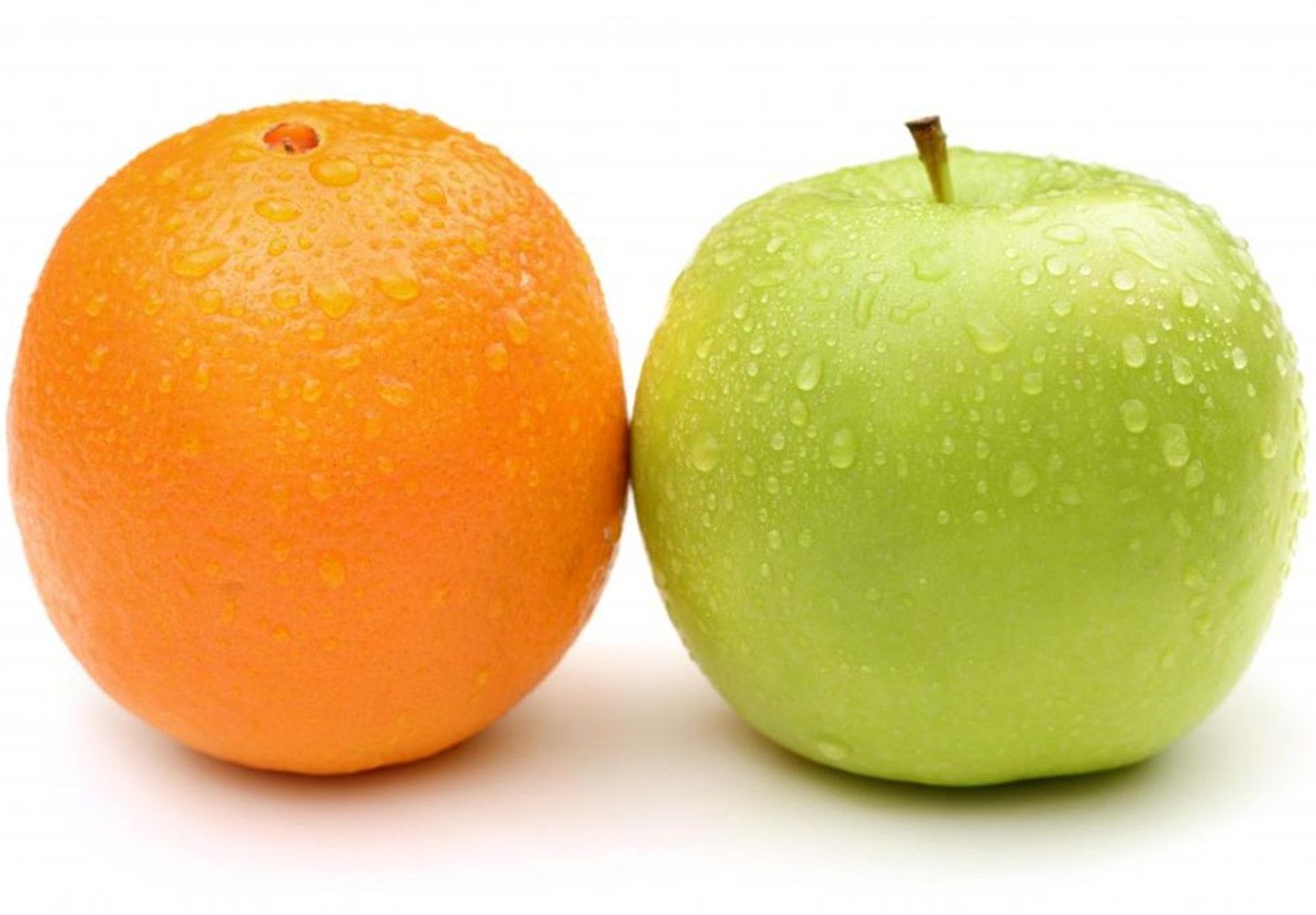
What can happen when we see apples and oranges as just fruit.
Tēnā koutou
As the saying goes, we should not compare apples to oranges. This means we need to be cautious about comparing completely different things as if they are the same. An apple is an apple with its specific 'apple' look, satisfying crunch and sweet to tart flavour, depending on the variety. An orange is an orange with its own colour name for goodness sake, juicy tangy insides and tidy pre-packaged segments. Both are 'fruit' and both are good for us. We may prefer one over the other based on taste, convenience or what we want to put in the pie, but they are both a type of fruit with their own points of difference.
It is the high level of Vitamin C that sets an orange apart from an apple, in the nutritional sense. If Vitamin C is what you want to fight your cold, you will get 12 times the dose from eating an orange compared to eating an apple of similar size. If you do not have a cold, and do not need a Vitamin C boost, just a crunchy healthy snack on your walk, then it is probably the apple you will reach for. So, our preferences may depend on the problem we are wanting to solve.
The apple and orange analogy is relevant to infant beds. A cot is a cot - large, heavy, not portable, with legs and rails, suitable for younger and older infants. A bassinet is a bassinet - smaller, not so portable, lighter-weight, with legs and no rails, suitable only for younger infants. A Moses basket is a Moses basket - similar to a bassinet, but with no legs, woven and with carry handles. These are all types of infant bed and are considered 'safe sleep devices' in SUDI prevention circles. Then there are Pēpi-Pod and wahakura, also infant beds, also 'safe sleep devices'; compact, no legs, suitable only for younger babies, able to be brought into the adult bed for safer bed-sharing. Different.
So, do these various infant bed types offer pēpi the same things? Yes, if we are talking about a smokefree, breastfed, full-term 2-week old pēpi. Any of the above bed types will meet that baby's needs in the early months. No, if we are talking about an 8 month old pēpi where bed size matters so a cot would be most suitable. And when we have a new-born infant exposed to smoking in pregnancy or born at 34 weeks, what is the problem to be solved that will influence our choice then? What distinctive feature of the various infant bed options will we go looking for?
Of the various infant bed options above, only Pēpi-Pod or wahakura were designed to be brought into the adult bed to make bed-sharing safer for the more vulnerable child. That is the feature that sets them apart. Rather than needing a boost of Vitamin C when we have a cold, the SUDI-vulnerable pēpi needs a boost of protection when bedsharing. Pēpi-Pod and wahakura offer this - a bed within a bed. They were introduced, not to be yet another infant bed option for families, but to solve a problem; specifically, to break the link that escalates SUDI risk during bedsharing, for babies weakened by smoking in pregnancy, or prematurity. Just as apples and oranges are both fruit, Pēpi-Pod and bassinet are both infant beds, but they, too, are not the same thing and should not be compared as if they are.
For this reason, we now refer to the Pēpi-Pod and wahakura category of infant bed as in-bed sleeper to highlight their protective point of difference. Not 'sleep spaces' nor 'safe sleep devices' as these terms are general infant bed terms. In-bed sleepers. We encourage you to use this term and to preserve your supplies of in-bed sleepers specifically for issue to those pēpi who need a boost to their protection that an in-bed sleeper can offer, and a cot or bassinet cannot. Infants smoke-exposed in pregnancy, born before 37 weeks gestation, or weighing <2500gms - these are the priority pēpi for in-bed sleepers.
Prevention programmes are only effective if they are able to influence key risk and protective factors that have a causal relationship with the problems being addressed, in our case SUDI. Harm from smoking in pregnancy escalates SUDI risk when exposed infants bedshare, and in-bed sleepers can mitigate that escalated risk. Currently, we have 73% of 1500 records in our database reporting distribution of Pēpi-Pod to lower risk, smokefree infants, and just 27% to smoke-exposed infants urgently needing a boost in protection. This pattern needs to reverse, especially in these times of funding cuts and austerity that demand more accurate targeting to need of a limited resource.
So how can we do this? How can you do this in your service?
We must do this if we are committed to
boosting protection for the pēpi most needing it. I would love to hear your ideas, plans, ways we may be able assist you to reorientate in-bed sleeper supply. For our part, we have developed a sample document 'Policy and procedure guide: Supply of in-bed sleepers' that may be useful to some. Comments always welcome.
Mā te wā, Stephanie
